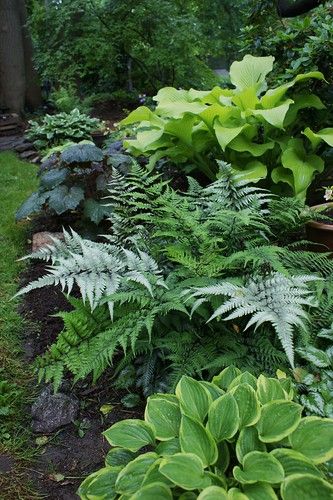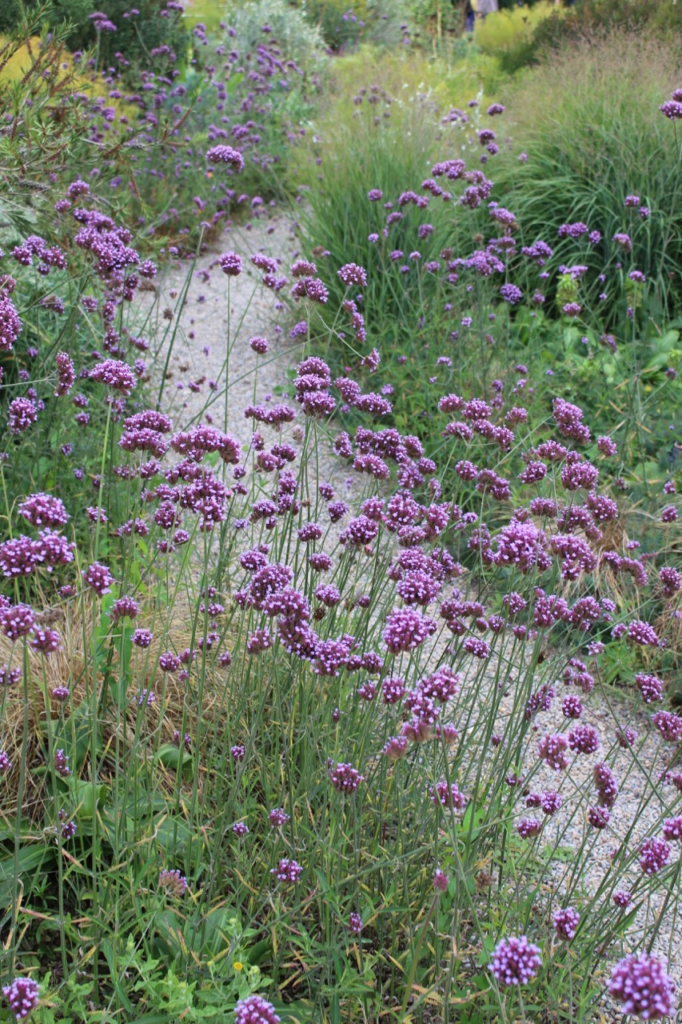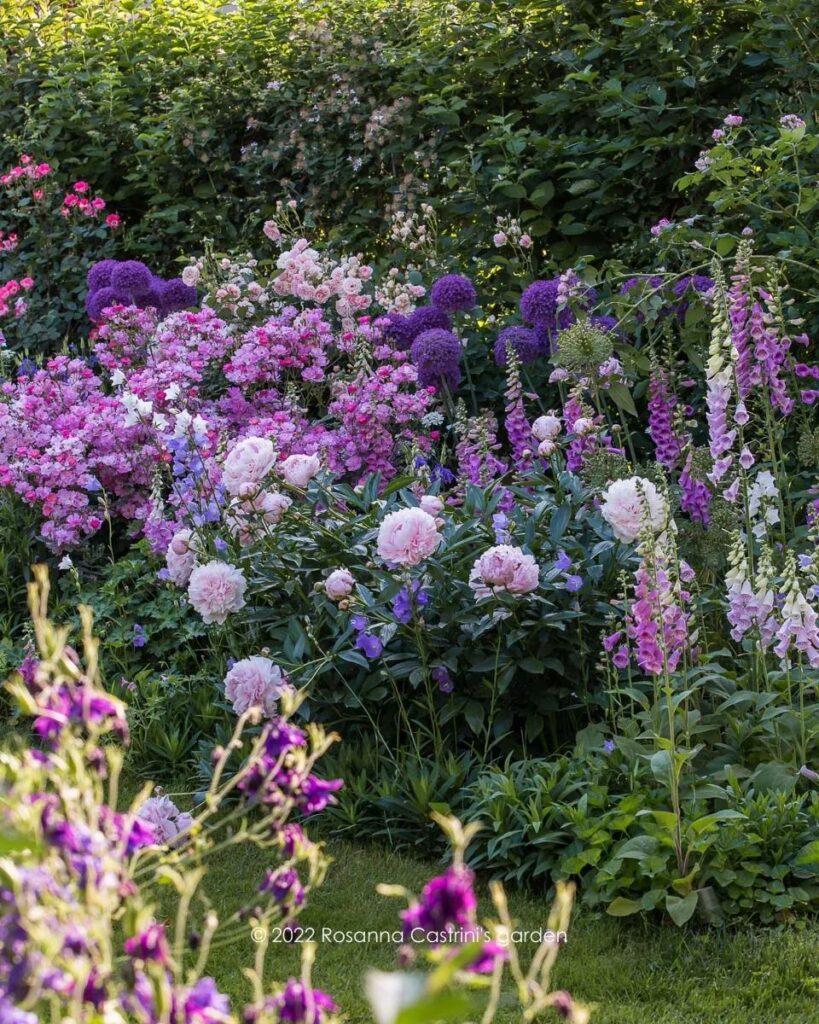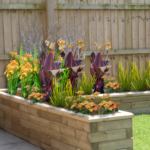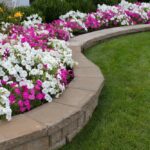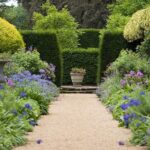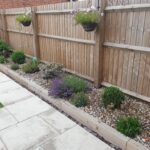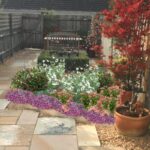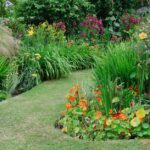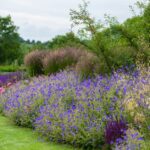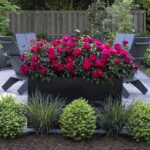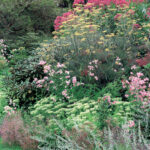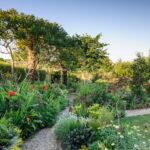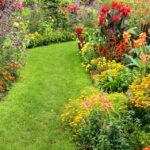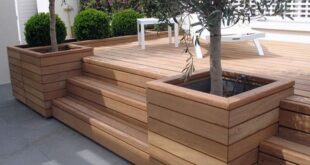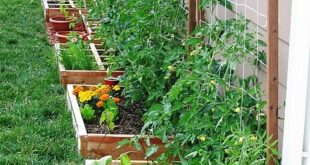Garden design borders play a crucial role in creating a cohesive and visually appealing outdoor space. Borders serve as a transition between different planting zones, defining the edges of garden beds and providing structure to the overall layout. There are various ways to incorporate borders into garden design, from simple edging materials to intricate planting schemes that blend seamlessly with the surrounding landscape.
One popular option for garden borders is using hardscape materials such as bricks, stones, or wood. These materials provide a durable and low-maintenance option for defining garden beds and pathways. Bricks can create a classic and timeless look, while natural stones can add a rustic and organic feel to the garden. Wood borders, on the other hand, can complement a more casual or contemporary garden design.
For a softer and more natural border, consider using plants to define garden beds. Low-growing plants like lavender, boxwood, or dwarf grasses can create a tidy and neat edge for flower beds, while taller plants like ornamental grasses or shrubs can add height and interest to the border. Using plants as borders also allows for more flexibility in terms of design and can help soften the transition between different areas of the garden.
Incorporating ornamental elements like trellises, arbors, or sculptures can also enhance the look of garden borders. These features can serve as focal points or accent pieces that add visual interest and create a sense of style to the garden design. Trellises can be used to support climbing plants like roses or vines, while sculptures or decorative fencing can add a touch of elegance and charm to the overall garden layout.
When designing garden borders, it’s important to consider the overall style and theme of the garden. For a formal garden, symmetrical borders with clean lines and geometric shapes may be more appropriate, while a cottage garden may benefit from more informal and whimsical borders. The choice of materials, plants, and ornamental elements should reflect the desired aesthetic and complement the existing landscape elements.
Ultimately, garden borders are an essential component of garden design that not only define the edges of planting beds but also contribute to the overall beauty and functionality of the outdoor space. By carefully selecting materials, plants, and ornamental elements, gardeners can create borders that enhance the visual appeal of their gardens and create a seamless transition between different areas of the landscape. Whether it’s a simple edging material or a more elaborate planting scheme, garden borders can help bring cohesion and structure to any garden design.
